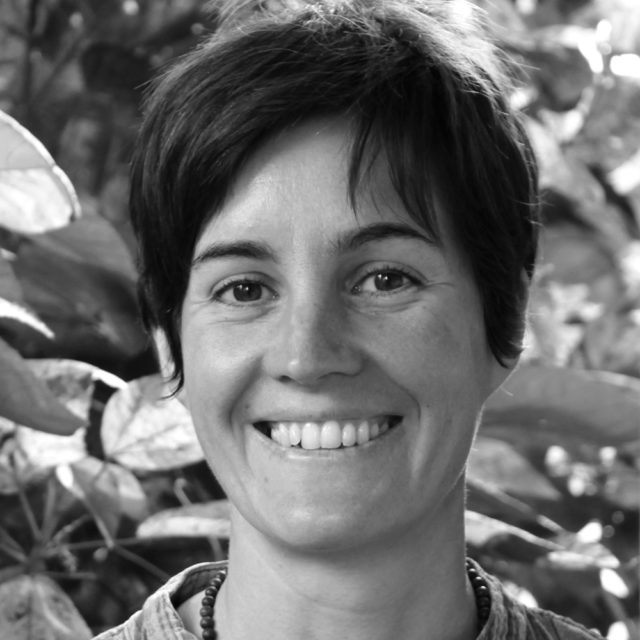Felicity Meakins
Two to Tangle: a Population Genetics Approach to Language Contact and Birth
Speaker
-
Felicity Meakins

Felicity Meakins
Felicity Meakins is an ARC Future Fellow in Linguistics at the University of Queensland and a CI in the ARC Centre of Excellence for the Dynamics of Language. She is a field linguist who specialises in the documentation of Australian Indigenous languages and the effect of English on these languages. She has worked as a community linguist as well as an academic over the past 20 years, facilitating language revitalisation programs, consulting on Native Title claims and conducting research into Indigenous languages. She has compiled a number of dictionaries and grammars of traditional Indigenous languages and has written numerous papers on language change in Australia. Meakins is also a co-author of the textbook ‘Understanding Linguistic Fieldwork’ (Routledge, 2019).
Abstract →
Felicity Meakins
Two to Tangle: a Population Genetics Approach to Language Contact and Birth
Most cases of language creation occur as languages split and diverge from other languages in processes which are conceptualised in linguistic phylogenies. More rarely, some languages emerge abruptly over the course of one or two generations in language communities where the mechanisms of language contact and change are observable via intergenerational snapshots of language use. These case studies provide the opportunity to observe language change in real time. In this talk, I describe the rapid birth of the contact language Gurindji Kriol in northern Australia. I outline an innovative modification of classic population genetics methods to investigating temporal change in linguistic data which has been developed with Lindell Bromham and Xia Hua. I present data from 78 speakers coded for their use of Gurindji, Kriol and Innovative variants across 120 variables (with 292 variants). Changes in variant use are tracked over three generations of Gurindji people by adapting the Wright-Fisher population model. While this model has been shown to simulate plausible patterns of language change, this is the first application of Wright-Fisher models to a large sample of language variants within a single speaker community in order to model broad-scale language change over time. Such methods aim to increase our ability to explain language change, with a view to making predictions about how languages will change.
